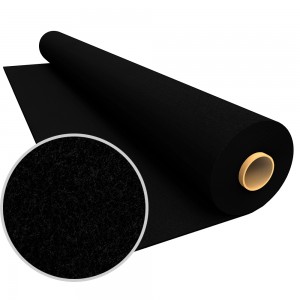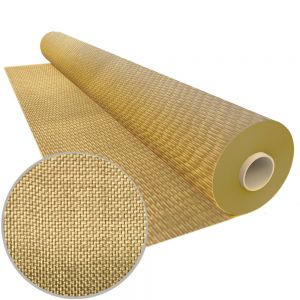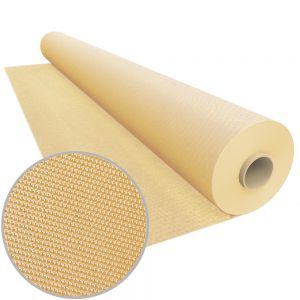Difference between convective, radiant and by contact heat
In general terms, heating any element implies the transference of thermal energy - energy created as a result of the temperature of an object - from one body to other. This energy transference could be done in three different ways:
1. Convective heat is the type of heat which human being are most familiarized. So this is like our heating system transfers energy like heat to a space. The air flows over a heating element, becomes warmer and is expanded in space. Warm air has less density than cold air, so this warm air will tend to raise. The transference by convective heat is the less efficient mean to transfer energy.
2. The transference of conductive heat refer to two surface that touch each other. Imagine a metal pot in the cooker, if you touch the handle, the hand starts to feel heat instantly. This is the heat transference by contact. The pot handle is giving energy (heat) to your hand in a very fast and efficient way. Conductivity is one of the most efficient ways to transfer heat.
3. Thermal radiation occurs when a body is hot, this will deliver a big amount of energy in the way of electromagnetic waves. This energy is absorbed by the closest body or solid bodies. To reduce the loss or protect from radiant heat, the best materials are those who literally reflect heat. By general terms, the smoothest and brightest surfaces are the ones that reflect the best electromagnetic waves, like heat. Radiant heat is emitted in the same ways by all directions.

As we have seen, any type of heat respond to a concrete needs that are determined by its context of use. It is important to know the three existing heat types in order to use protective elements suitable for each case.





